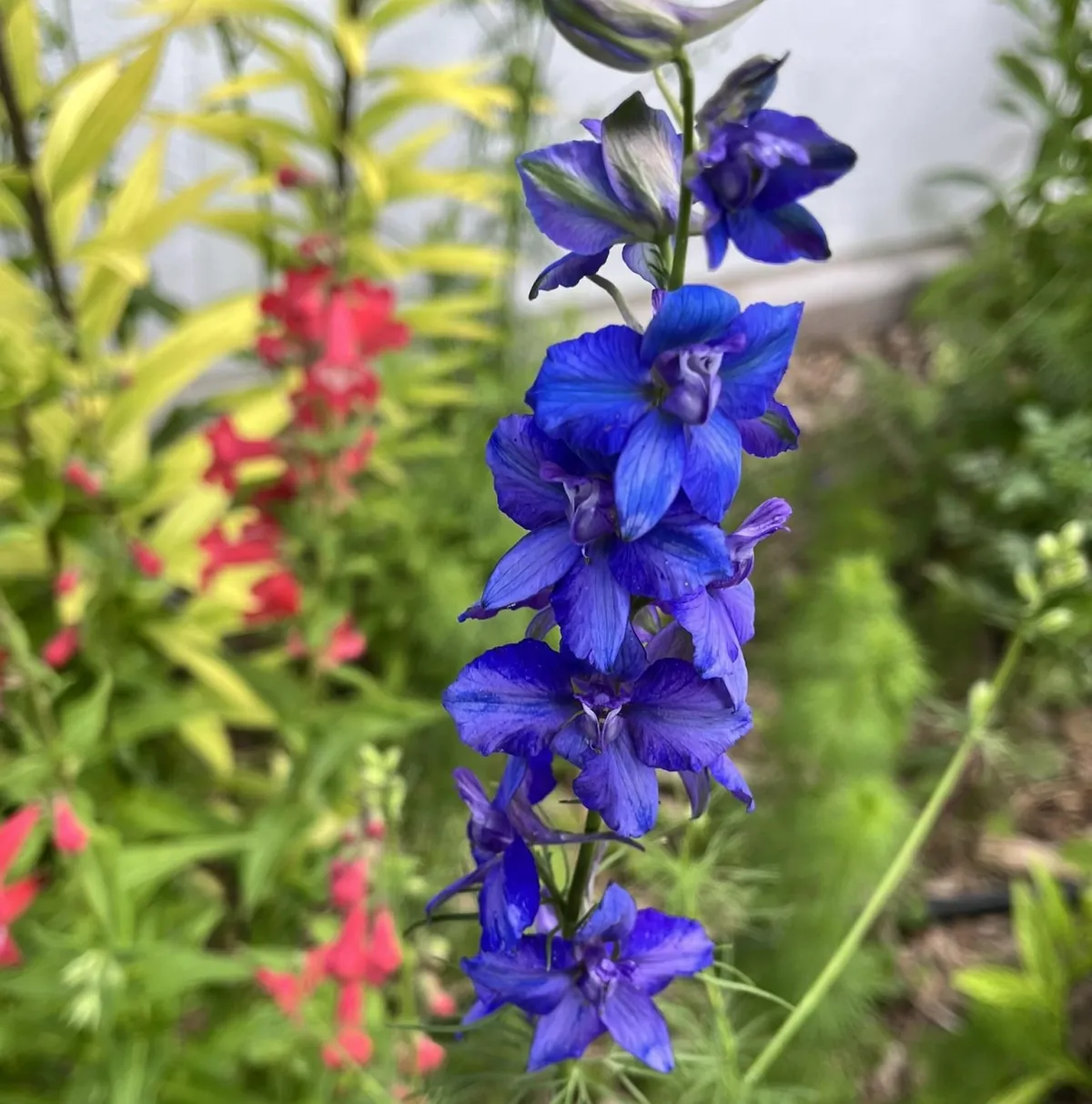
Growing an Annual Flower Garden
10 Best Tips for Growing a Stunning Annual Flower Garden
Want to grow a vibrant annual flower garden? This guide will show you how, covering everything from choosing flowers to planting and care.
10 Best Tips for Growing a Stunning Annual Flower Garden
Choosing the Right Annual Flowers
Designing an Annual Flower Garden
Caring for Annual Flower Gardens
Popular Annual Flowers for Every Garden
Key Takeaways
Choose the right annual flowers based on factors like height, light preference, and fragrance for a customized garden.
Prepare your garden bed with well-drained soil, adequate spacing, and proper pH to ensure healthy growth.
Regular care, including watering, fertilizing, and deadheading, (removing spent flowers) is essential for maintaining vibrant blooms throughout the season.
Choosing the Right Annual Flowers
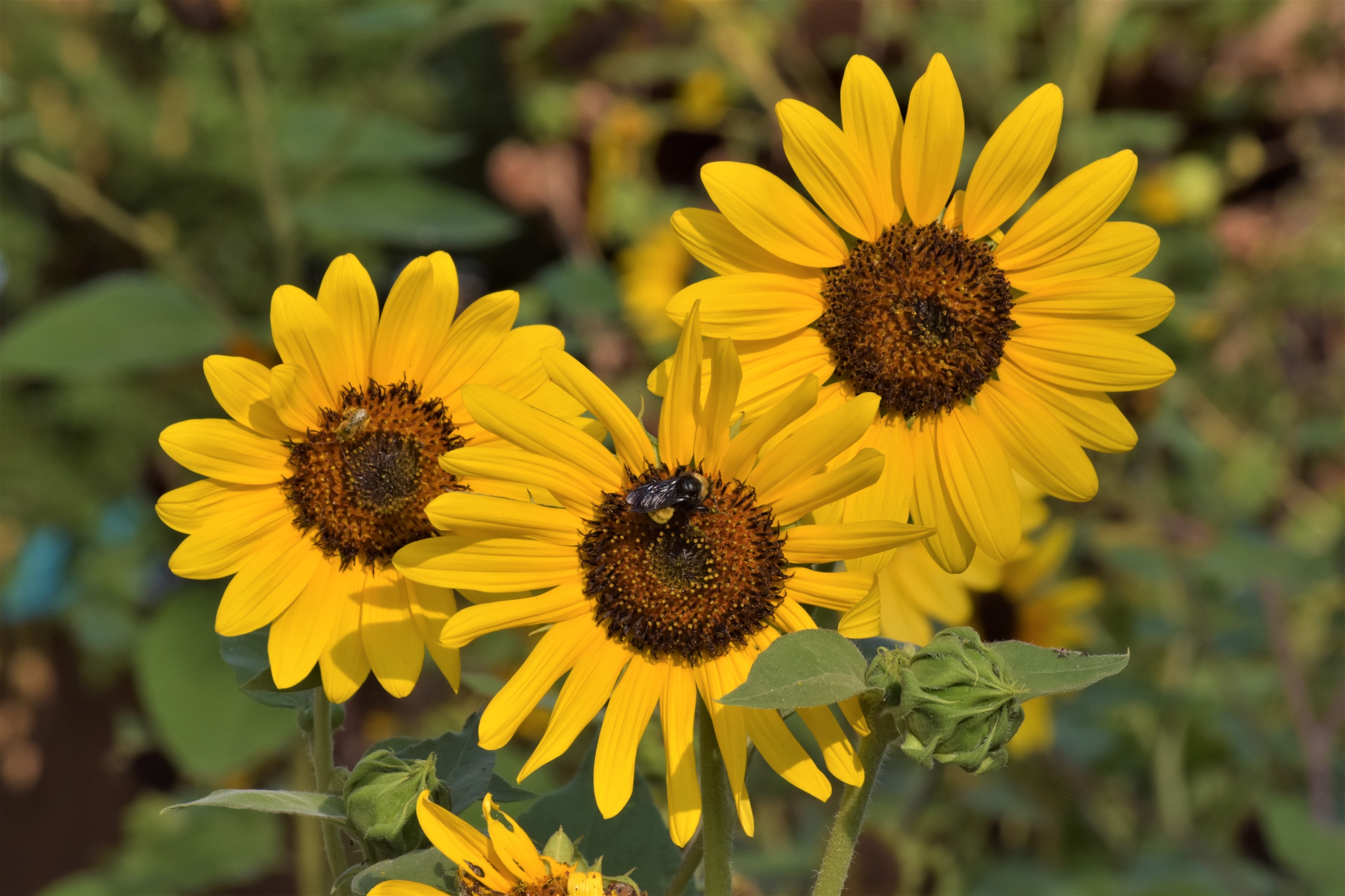
Selecting the right annual flowers is essential for creating an eye-catching garden. Annual plants are perfect for filling gaps, crafting cutting gardens, or incorporating into container gardening. Because of their vibrant and showy blooms, they create dynamic color, shape, and texture combinations.
Annuals are versatile and provide new opportunities for gardeners to try different species and layouts yearly. When picking out annuals, consider factors like plant height, preference for sunlight (be it full sun or partial shade), scent strength, and whether they have appealing leaves in order to tailor your garden space according to personal taste and environmental conditions. Their abundant flowers and bright blooms, and the fact that they can flower from early spring to late fall, make them popular with many gardeners.
Novice green thumbs and seasoned horticulturalists alike, are attracted to the long blooming season and rapid growth of many annuals. Garden centers offer plenty of choices among many long-blooming varieties of annuals that make splendid additions to any garden design.
Designing an Annual Flower Garden
Crafting a garden with annual flowers requires thoughtful preparation, taking into account elements such as favorite colors and the amount of sunlight required. Including a variety of annuals can boost the visual appeal and foster lively designs.
One significant advantage offered by these types of flowers is their adaptability. This allows for an new design each year, providing opportunities to refresh the scenery and experiment with novel floral arrangements.
Color Schemes and Combinations
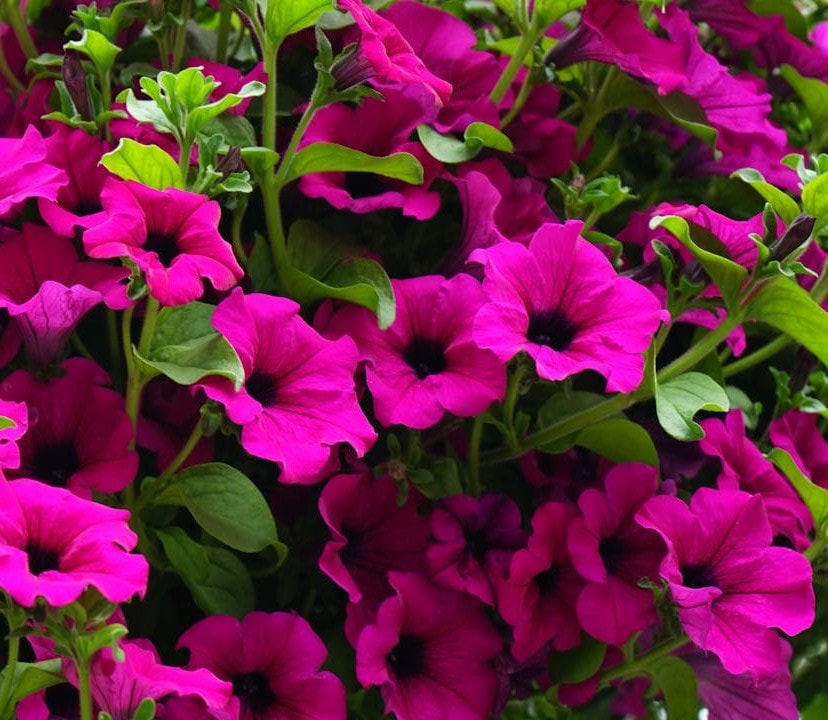
Implementing a harmonious color scheme can significantly amplify the aesthetic appeal of flower compositions and the cohesive look of your garden. Employing a mix of contrasting hues, from deep to pale tones, can produce dramatic visual contrasts that elevate the beauty and allure of your outdoor space.
Incorporating plants at different growth stages and flowering times, including new plants in the early spring, summer and early fall, ensures that your garden retains its captivating charm throughout the entire growing season. Because of their abundant flowers annuals can be used to design dramatic hanging baskets and window boxes.
Using Annuals in Containers
Using annuals in large containers is a great way to add versatility to your garden. Containers need adequate drainage holes to prevent waterlogging, crucial for the health of annual plants. The right size and type of container significantly impact the health and growth of your annual flowers.
The ‘Thriller, filler, spiller’ technique aids in arranging plants within containers for maximum visual appeal. Petunias in containers often require more frequent fertilization due to limited soil nutrients compared to ground-planted ones.
Incorporating Annuals with Perennials
Integrating annuals alongside perennials in your garden design leads to a dynamic and colorful display, with flowers consistently blooming all season long. This strategy guarantees that there are no pauses in color, as a long blooming annual bridges any potential gaps and elevates the visual appeal.
Incorporating annuals into areas populated by perennials provides coverage for any empty spaces and assures a relentless cascade of blooms throughout the growing period. Employing this method is especially beneficial for improving the aesthetic continuity of your garden’s appearance while ensuring a constant presence of vibrant hues.
Preparing Your Garden Bed
To cultivate a flourishing garden of annual flowers, it’s imperative to begin with the proper groundwork. Most annuals flourish in soil that offers excellent drainage and typically prefer soil pH levels from 6.3 to 7.0, although petunias and pansies prefer slightly more acid soils and cosmos, poppies sunflowers and marigolds can tolerate more alkaline soil. Most annuals prefer moderately fertile soil, although zinnias, pansies and snapdragons (actually a tender perennial grown as an annual in northern zones) can tolerate poor soil. California poppy, cosmos, marigold and nasturtiums survive dry soil better than some other plants.
Incorporating peat moss into your garden bed aids in moisture retention while also providing vital nutrients to the plants. A generous application of compost derived from autumn leaves can significantly increase nutrient content and safeguard the soil when gardening activities pause during colder months. By engaging in this preparatory work, you’re setting up an enriched habitat conducive to vigorous growth among your annual plantings.
When sowing varieties like spreading petunias, remember they require space—no less than 18 inches apart—to ensure they have ample room for expansion as they mature. Tilling the earth thoroughly between depths of eight and ten inches is advised for most annual species. Doing so promotes robust root formation, which is foundational for spawning a vibrant and healthy flower garden.
Planting Annual Flowers
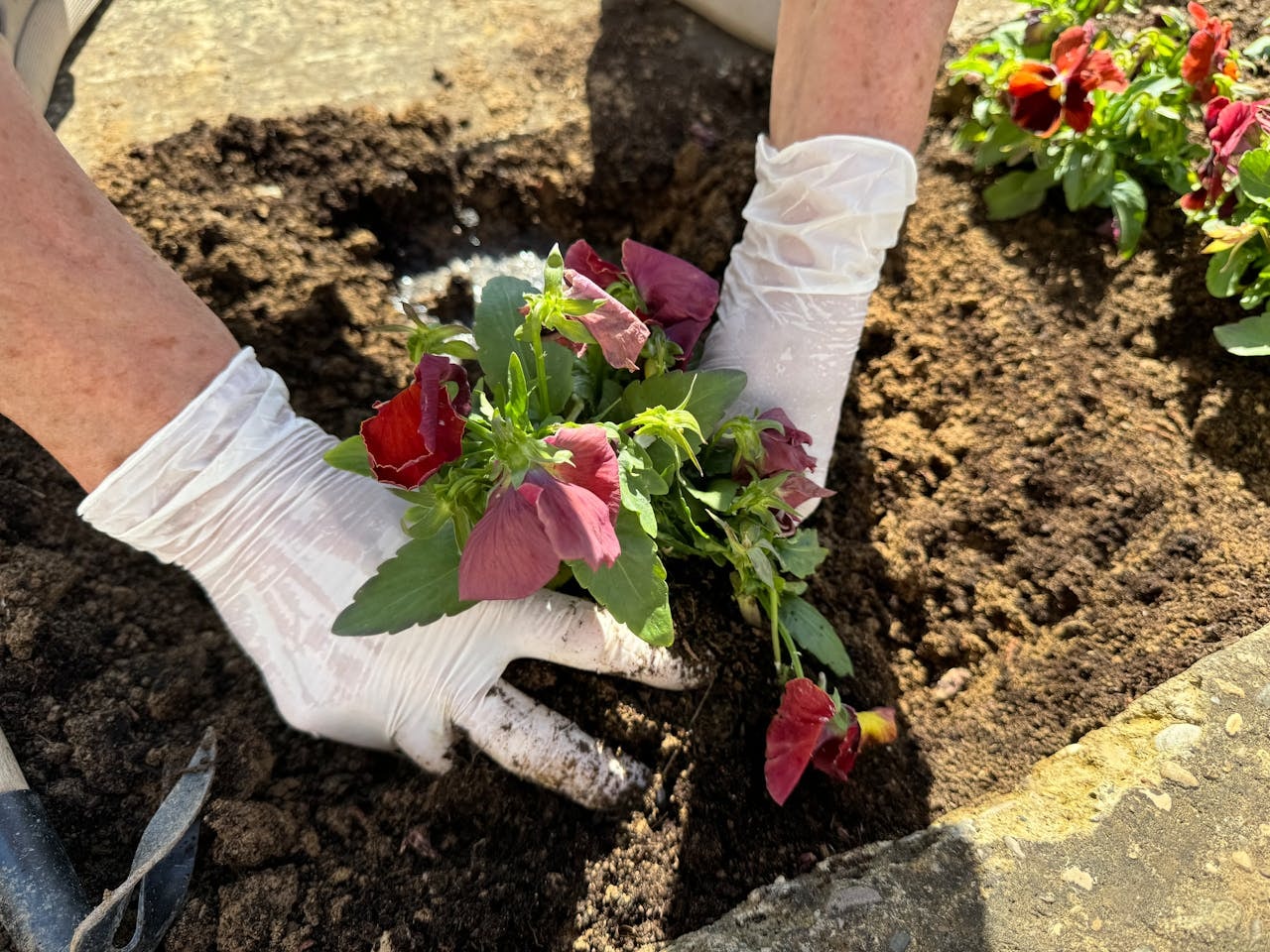
It’s critical to time the planting of annual flowers correctly. By waiting until after the last spring frost date, you can prevent damage from cold weather to delicate annuals. Monitoring local patterns of frost will fine-tune your timing for planting, leading to a robust start for your blooms.
The temperature of the soil is especially important when it comes to sensitive annuals such as zinnias that flourish at temperatures over 60°F. Seeds should be sown at a depth that is two or three times their diameter in order to provide optimal conditions for germination and growth.
Water seeds right after they are planted to begin germination and help establish their root systems. In terms of spacing petunias: grandiflora and multiflora types require about 12 inches between plants while milliflora varieties can be placed closer together with only 4 to 6 inches apart. Good spacing along with initial nurturing promises a garden season filled with luscious floral displays.
Caring for Annual Flower Gardens
Diligent care will help your annuals produce more flowers and in some cases larger flowers. Consistent watering is crucial to sustain plant vigor and stave off pests, which could potentially damage your plants. Enlisting natural allies such as ladybugs and lacewings can effectively manage pest numbers, contributing to a flourishing garden.
To keep your garden looking its best and staying healthy, it’s essential to focus on several fundamental tasks: watering adequately, providing appropriate fertilizer nutrients, and deadheading spent blossoms from plants regularly. If you leave the flowers on the plant they produce seed, which uses energy they could otherwise put into producing more flowers.
Watering Techniques
Shallow root systems of annual flowers necessitate more frequent watering as they dry out quickly. Annuals in containers may require watering once or twice daily during hot, dry weather to maintain soil moisture. Good drainage is essential to prevent waterlogging and root rot.
It’s important to avoid overhead watering, as wetting foliage and flowers can lead to disease. Watering at the base of the plants keeps the soil moist without encouraging fungal growth.
These techniques will help your annuals stay healthy and vibrant throughout the season.
Fertilizing for Abundant Blooms
Incorporating organic substances like peat moss or compost into the soil enhances both drainage and nutrient holding capacity, creating an optimal setting for plant growth. Utilizing organic or slow-release fertilizers when planting delivers crucial nutrients that encourage robust development and a greater abundance of flowers.
To maintain continuous flowering during summer months, regular fertilization is key. By applying a balanced fertilizer every couple of weeks, you can help petunias along with other annual plants generate more blooms and retain their aesthetic appeal. Monthly feeding guarantees that your plants get the necessary nutrients to flourish.
Deadheading and Pruning
Deadheading is the practice of removing flowers that have faded or withered to stimulate new growth in plants and encourage them to continue blooming. In petunias and various other annuals, consistent deadheading redirects the plant’s energy towards generating more blooms rather than seed formation, which extends their flowering period. This straightforward technique greatly improves both the aesthetic appeal and vitality of your garden, making it a crucial routine for gardeners who prize a well-maintained space. Itis important to be able to distinguish between spent flowers and almost open flower buds. These look similar on petunias, but the buds on most petunias are closer to the end of new growth and the spent flowers are lower.
Pruning certain annuals during summer can revive them and encourage fresh growth. Cutting back petunias by half around midsummer, for example, can significantly boost their vigor and visual appeal. This approach ensures that your garden remains lively and teeming with blooms throughout the duration of summer.
Popular Annual Flowers for Every Garden
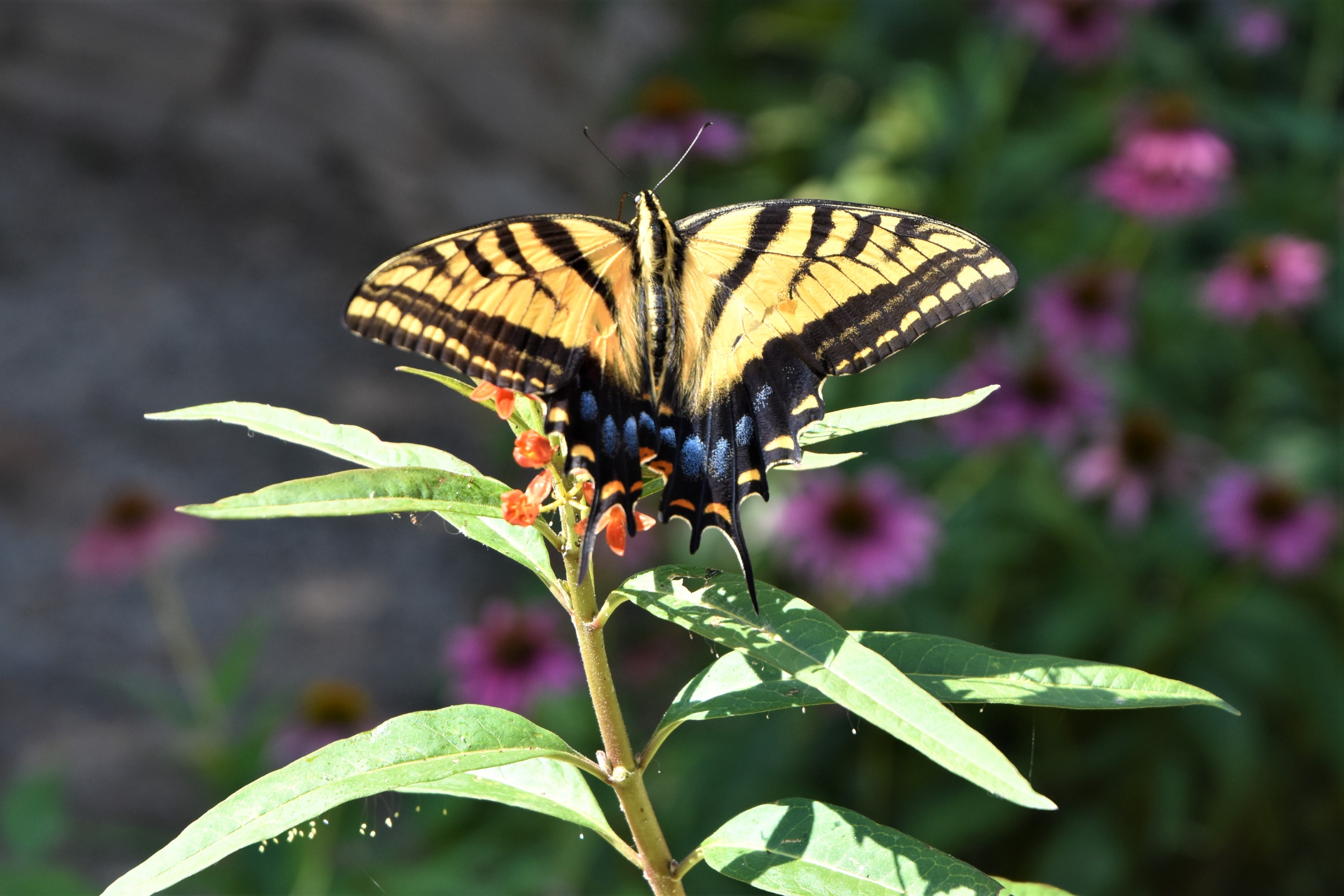
Colorful annuals such as petunias, marigolds, and zinnias are commonly selected for gardens due to their striking hues and enduring flowers. Petunias in particular, including most varieties of the flower, are highly sought after for their diverse color palette, more abundant flowers and straightforward growth requirements. These vibrant annual flowers have the power to turn any garden into a dazzling display.
Marigolds boast an array of brilliant colors and have the capacity to flourish continuously from early summer until fall. They play a dual role in gardens by repelling pests like aphids that can be harmful while simultaneously drawing in pollinators.
Zinnias come in an assortment of colors and shapes, serving not only as magnificent cut flowers but also luring beautiful blooms into your garden space.
Sun-Loving Annuals
Annuals that revel in the sun’s embrace typically need a minimum of 5 to 6 hours of unfiltered sunlight each day. Petunias stand out as exemplary annuals favoring such full-sun conditions, thus being perfect for those areas of the garden bathed in generous light.
Both cosmos and globe amaranth are outstanding among sun-loving annuals too. The cosmos plant features delicate foliage crowned with sizeable daisy-like blooms that beckon to bees and butterflies alike. Meanwhile, the distinctive texture of globe amaranth makes it a standout addition to floral arrangements, prospering under the bright warmth of sunny environments.
Shade-Tolerant Annuals
Annual plants that can thrive in the shade are ideal for adding vibrant hues to areas where limited light might hinder the growth of other flora. Impatiens, tuberous begonias, and lobelia stand out as favored options within this group due to their strikingly colorful blooms.
Such plants have a preference for soil that is well-drained yet remains consistently moist, and they prosper when not subjected to direct sunlight. Integrating these shade-tolerant annuals into planting designs beneath taller vegetation creates a rich tapestry of color at ground level, providing an attractive ground cover.
Heat-Resistant Annuals

Heat-resistant annuals are crucial for maintaining a vibrant garden during hot, humid weather. These plants bloom despite challenging conditions, keeping your garden colorful all season.
Celosia, with its showy feather-like flowers on erect stems, exemplifies a heat-resistant annual. Another great choice is the firecracker plant, which thrives in heat and attracts hummingbirds, butterflies, and bees without requiring deadheading.
Common Pests and Diseases
Maintaining a healthy garden involves managing common pests and diseases. Aphids can affect petunias, causing yellowing leaves and spreading various plant viruses. Spider mites thrive in hot, dry conditions, causing yellowing leaves and webbing, while slugs and snails damage young growth in damp conditions. Both of these pest can be washed off of pants with a spray nozzle set on the shower setting.
Good air circulation among plants helps prevent diseases like powdery mildew. Removing diseased plants prevents the spread of spores that can survive in the soil. These steps help maintain a healthy and thriving garden.
Extending the Bloom Season
Extending the bloom season keeps your garden vibrant and colorful throughout the growing period. Staggered planting ensures continuous blooming by sowing seeds or planting transplants at different times. As one set of flowers fades, another begins to bloom, providing constant color. Once the flowers have bloomed and keaf drop begins the plant can be removed.
Some annuals will continue blooming into the winter the winter. A late fall planting of pansies can be covered with mulch and will survive the winter in zone 7 and posiibly zone 6 depending on the weather. Leave some flowering plant material over winter provides habitat for beneficial insects, though it may delay late spring cleanup and planting.
These strategies ensure your garden looks its best for as long as possible.
Best Practices for End-of-Season Care
Maintaining your garden at the end of its cycle ensures it remains in prime condition for the forthcoming growing period, even if that period spans only a single season. After experiencing the initial frost, tidying up your garden is critical to deter pests and diseases from surviving through winter and creating issues in the following year.
Recycling withered plants through composting returns valuable nutrients back into your soil, enhancing its fertility. To set the stage for vigorous plant development in the next cycle, it’s important to incorporate organic matter and essential nutrients. These steps are vital in preparing your garden to flourish with the onset of a new growing season .
Summary
Growing a stunning annual flower garden involves thoughtful planning, careful preparation, and diligent care. By choosing the right annual flowers, preparing your garden bed properly, planting at the right time, and providing consistent care, you can create a vibrant and colorful garden.
Remember to incorporate popular annuals that suit your garden’s sunlight and climate conditions, and consider creating combination containers and mixing annuals with perennials to enhance your garden’s visual appeal. By managing pests and extending the bloom season, you can enjoy beautiful blooms all season long. Start your gardening journey today and transform your space into a colorful paradise.
Frequently Asked Questions
When is the best time to plant annual flowers?
The best time to plant annual flowers is after the last frost date to keep them safe from the cold. Just wait for that frost to pass, and you’ll be good to go!
How often should I water my annual flowers?
You should water your annual flowers consistently, twice or three times a week if it doesn't rain, or once or twice a day if they’re in containers and it’s hot and dry.
Keeping their shallow roots hydrated is key ti flower size and health.!
What are some good annuals for shady areas?
If you’re looking to add some color to shady spots, impatiens, tuberous begonias, and lobelia are excellent choices. They thrive in low light and will brighten up your garden beautifully!
How can I extend the blooming season of my annual flowers?
To extend the blooming season of your annual flowers, try staggering your planting throughout the season and take care to overwinter them properly.
This way, you’ll enjoy vibrant blooms for a longer period.
What should I do with my garden at the end of the season?
At the end of the season, it’s crucial to clean up your garden to keep diseases and pests at bay.
Make sure to compost your spent plants and enrich the soil with organic matter for a healthier garden next year.
